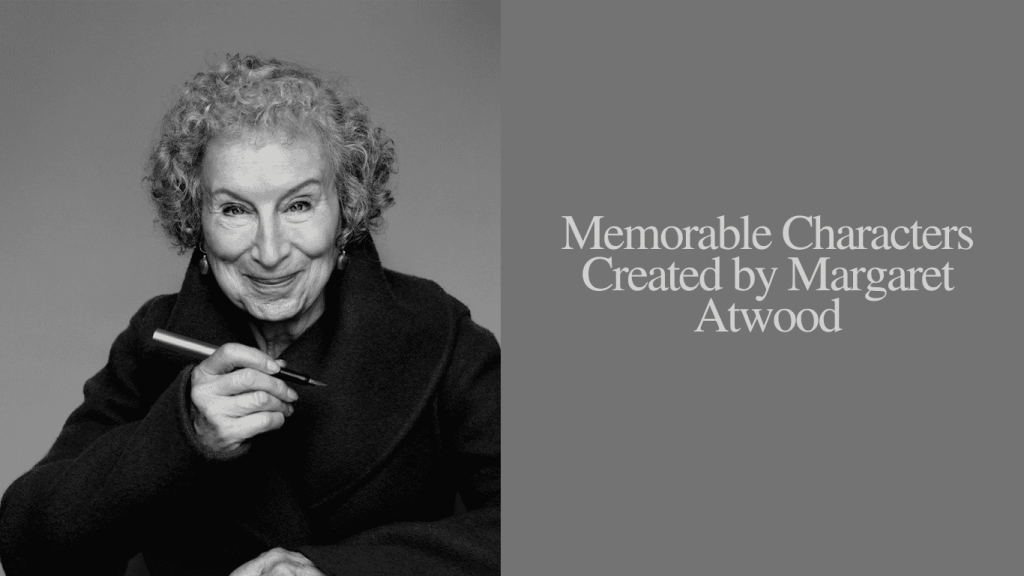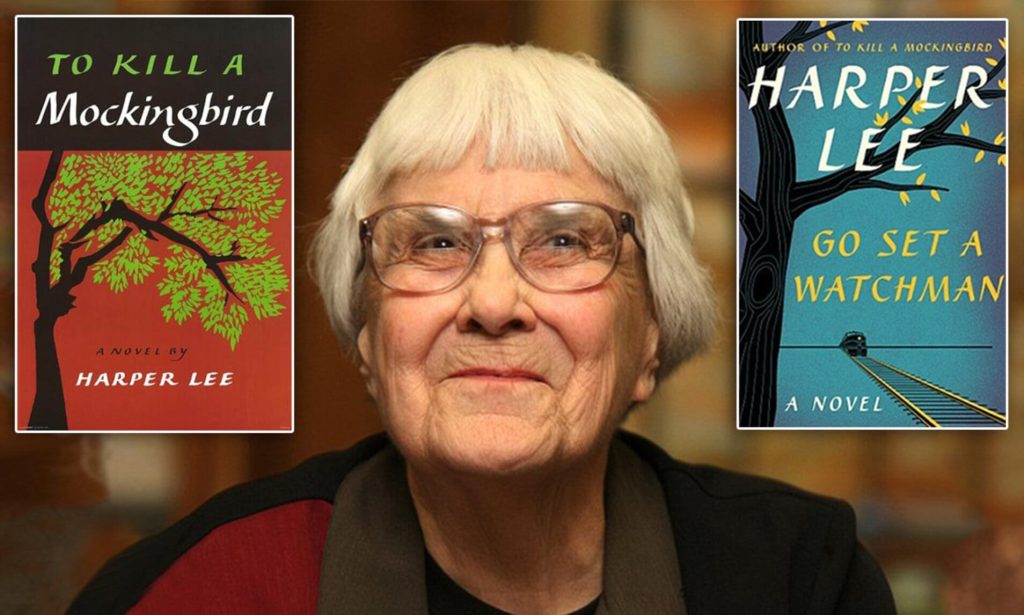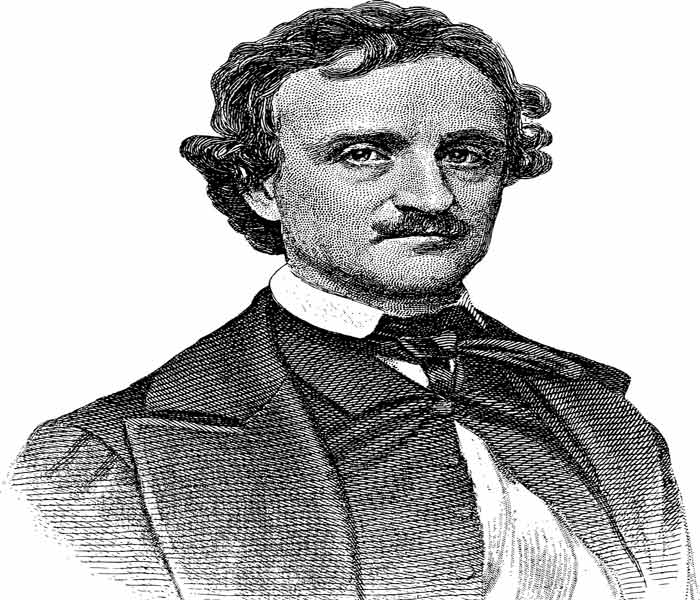Margaret Atwood is a renowned Canadian author, poet, and literary critic, best known for her novels, including The Handmaid’s Tale and Oryx and Crake. When it comes to unforgettable literary figures, few authors match Margaret Atwood. From fierce heroines to complex anti-heroes, her characters are just as dynamic.

Read on to reveal Atwood’s most memorable characters, and why her work continues to connect with readers across generations.
What Makes Margaret Atwood’s Characters Stand Out?
What makes Atwood’s characters stand out in reader’s minds is how layered they are. A single trait does not define them; they can be strong yet vulnerable, smart but still flawed. This balance makes them feel human and relatable.
A key feature of Atwood’s characters is their struggle against societal norms and expectations. Many of her characters, especially women, are placed in situations where they must face oppressive environments, like in The Handmaid’s Tale, where women are stripped of their rights. Atwood explores how these characters resist, adapt, or sometimes break under pressure. It shows a range of human reactions to injustice. This unpredictability makes them realistic.
She also gives her characters a sharp awareness of the world around them. They question authority, gender roles, and the systems that control their lives. Her ability to develop such characters comes from her skill in understanding human psychology. She dives deeper into their thoughts, fears, desires, and moral dilemmas. These emotional and psychological explorations allow readers to connect their inner worlds.
Who Are Margaret Atwood’s Most Memorable Characters?
Margaret Atwood’s characters stand out as powerful voices. Whether heroes, villains, or somewhere in between, they are timeless figures in literature. Here are some of her best character creations–
Offred (The Handmaid’s Tale, 1985): One of Margaret Atwood’s most iconic and finest female characters is Offred. She is a woman surviving life under a totalitarian regime where women are valued solely for their ability to bear children. Her quiet rebellion, inner strength, and quest for freedom make her unforgettable. Offred is not a traditional hero but an ordinary woman fighting for survival. How far will she go to reclaim her freedom, and what will it cost her?
Elaine Risley (Cat’s Eye, 1988): Elaine’s journey through childhood bullying and her reflection on those events as an adult. Her struggle with past wounds—whether to heal or remain haunted—makes her one of Atwood’s most emotionally compelling characters. Does Elaine ever find closure with her past, or is she forever haunted by her past?
Snowman (Oryx and Crake, 2003): Snowman’s role as the last human survivor is tragic, but what’s more gripping are his complicated friendship with Crake and his obsession with Oryx. His guilt and role in humanity’s downfall pose essential questions: Was he simply a victim of circumstance, or did his choices contribute to the destruction?
Oryx (Oryx and Crake, 2003): Oryx is one of Atwood’s most mysterious characters. Throughout the novel, her background is never fully revealed. Her childhood in a dangerous part of the world, her involvement in questionable activities, and her relationship with both Jimmy and Crake are presented in fragments. Readers question her true nature. Is she a victim, or has she always been in control of her own fate?
Zenia (The Robber Bride, 1993): Zenia is Atwood’s masterclass in deception. She is a dangerous woman who disrupts the lives of three friends. Zenia uses her beauty and wit to manipulate others, especially men. She lies, cheats, and manipulates, yet her motivations are never fully clear. Readers are constantly left questioning: who is the real Zenia? Does she have a hidden motive, or is her deceit part of something larger? Zenia’s lack of a clear backstory adds to her mystique.
Grace Marks (Alias Grace, 1996): Grace Marks is a historical figure surrounded by mystery. Convicted of murder in the 19th century, Grace’s role in the crime is unclear, even to her. Atwood blurs the lines between guilt and innocence, memory and manipulation. Does Grace herself even know what truly happened, or has her memory deceived her?
Rennie Wilford (Bodily Harm, 1981): A journalist caught up in political violence while traveling abroad, Rennie struggles to understand whether she is simply a victim of circumstance or does her presence in a foreign country makes her complicit in the unrest. Her story explores the themes of violence and survival, making her a complex and relatable figure. She represents the everyday person thrust into an extraordinary situation.
Nathaniel (The Blind Assassin, 2000): Nathaniel is a war veteran whose ambiguous relationship with Iris and her sister Laura adds layers of mystery. His mysterious ties to the Chase family lead readers to question his true intentions. Is he a trustworthy ally or another player in the family’s web of secrets?
Laura Chase (The Blind Assassin, 2000): Iris Chase’s sister Laura in The Blind Assassin is one of Atwood’s best supporting characters. Even though much of the novel is told from Iris’ perspective, Laura’s tragic life and death cast a long shadow over the story. Her artistic and rebellious nature makes her an intriguing figure whose presence is felt throughout the book. The real mystery is: was Laura a victim of her circumstances, or was her fate tied to a deeper family secret?
Dodie (The Edible Woman, 1969): In Atwood’s debut novel, Dodie is a young woman who deals with the pressures of societal expectations and her own identity in the 1960s. As she manages her relationship with her boyfriend, who represents conventional norms of marriage and commitment, she feels increasingly trapped by these norms. Dodie starts having strange thoughts, like feeling as if she’s turning into food, symbolizing her loss of individuality. Her quest for self-discovery highlights the struggle between personal desires and societal roles.
Ruth (The Heart Goes Last, 2015): In The Heart Goes Last, Ruth finds herself in a troubling society where citizens alternate between living in a comfortable home and serving time in prison as part of a strange plan to control people. Her resilience shines as she faces challenges of love, trust, and survival in this controlled environment. As she navigates her feelings for her husband and another resident, Ruth’s journey reflects the struggle for freedom and the strength of the human spirit.
Wrap-Up
Margaret Atwood’s novels are full of complex, layered characters, each one bringing something unique to her stories. From iconic protagonists like Offred and Elaine Risley to mysterious figures like Oryx and Zenia, Atwood’s characters are just the kind that challenge your perceptions and draw you into their worlds.
Why wait? Pick up one of Atwood’s books and let these extraordinary characters inspire you to see the world—and yourself— in a whole new light.



Pingback: Memorable Characters Created by William Faulkner
Pingback: Books Adapted into TV Shows: Do They Stay True to the Story?
Pingback: Memorable Characters Created by Brandon Sanderson – Books in Brain